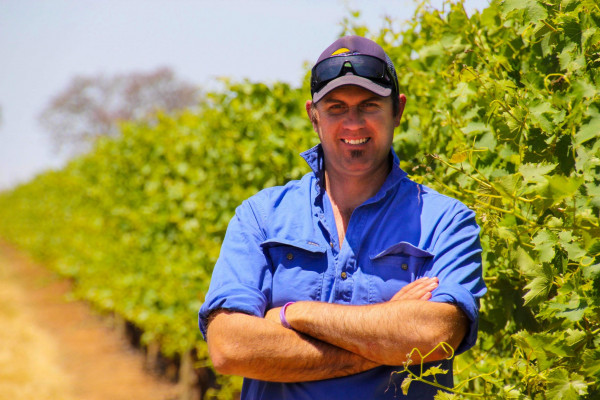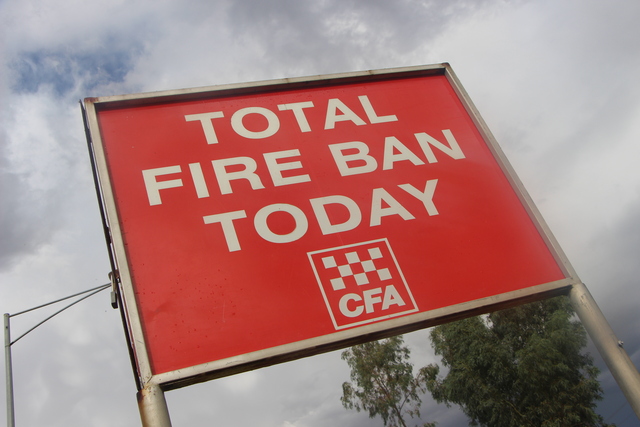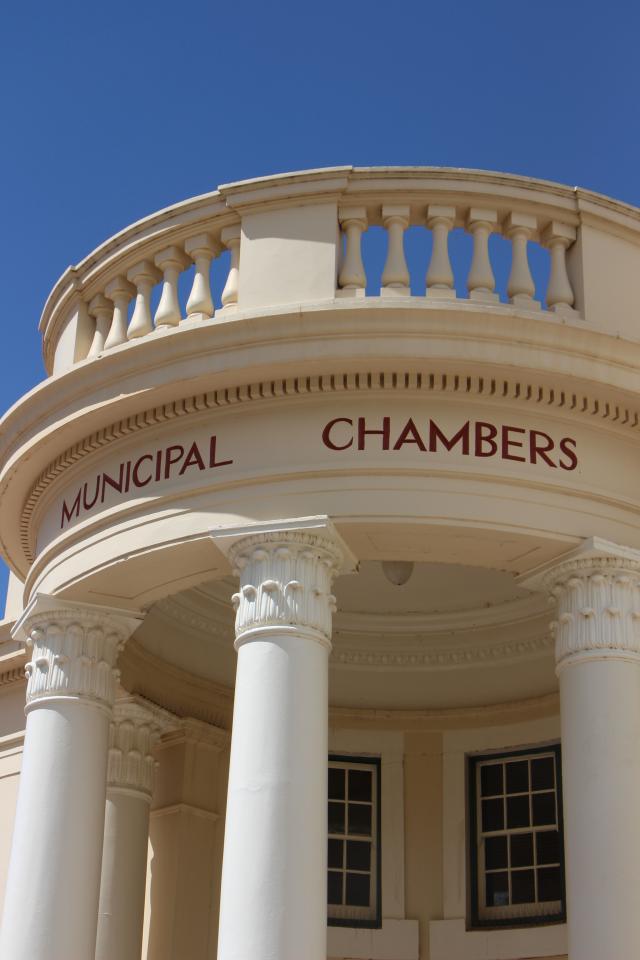MURRAY Valley Winegrowers are popping the champagne corks, or at least sparkling wines, after a major industry and university research project took five years to confirm what most already knew – prosecco is a grape variety, not a geographic indicator.
The research findings were really positive news for the Australian wine industry, according to MVW chair Chris Dent.
But in particular, Mr Dent said, it was good for growers and wineries in the Murray Valley region – the biggest prosecco-producing region in the nation in a normal year.
The latest research, The European Union’s attempts to limit the use of the term prosecco, from Monash and Macquarie universities, found prosecco was a grape variety name.
It was the culmination of five years of research conducted by Professor of Law Mark Davison and the team at the Monash law faculty and the Macquarie Law School.
Backed by extensive evidence dating as far back as the 1700s, the report demonstrated extensive historical proof of prosecco being a grape variety and its broad international acceptance as such, including evidence from the Italian wine industry and the EU.
It also highlighted the lack of evidence offered to justify the Italian government and the EU changing the name of the prosecco grape variety to glera in the EU in 2009.
Prof Davison said “the evidence speaks for itself”.
“Prosecco has been recognised as the name of a grape for centuries, but not as a geographical indication,” he said.
“Protecting the term as a geographical indication (GI) is a cynical attempt to avoid competition from Australian wine producers.”
Mr Dent said local growers and wineries had invested millions of dollars cultivating and marketing prosecco.
He said they are optimistic they would be able to continue using the name.
“Given 95 per cent of prosecco wine produced in Australia is sold in Australia, it seems it should not be an issue for the (free trade agreement),” Mr Dent said.
“However, it could be this is a stepping stone for the EU to make more claims on other grape and wine varieties and/or common food products.
“Nevertheless, it’s not a certainty at this stage as our government and department officials still need to get it over the line, in what is sure to be a very complex negotiation involving many facets (of the FTA).
“For growers in the Murray Valley region, it is certainly one of the more well-paid varieties, in what has been a difficult period for many financially.”
Australian Grape & Wine chief executive Lee McLean thanked the universities “for all the effort they have made over this time, going above and beyond to expose this evidence”.
Mr McLean said with the Australian Government undertaking a public objection process on EU GIs, including prosecco, “this report confirms the importance of making sure the government receives as many submissions into this process as possible”.
He said the risks of banning the ability of the grape and wine industries to use well-established grape variety names were significant, and had the potential to cause widespread damage to the sector and the regional communities it underpins.
“Australian prosecco has grown to more than $200 million in value, with regions investing millions in vineyards, production facilities and associated tourism infrastructure,” Mr McLean said.
“The variety is grown in 20 regions across Australia and is fetching the second highest average grape price of any white grape variety at the moment.
“To lose the right to use prosecco now, when the sector is under significant economic pressure, would be devastating to these regions and their communities.
“It would also leave Australian grape and wine businesses wondering which grape varieties will be targeted next by the EU.”







